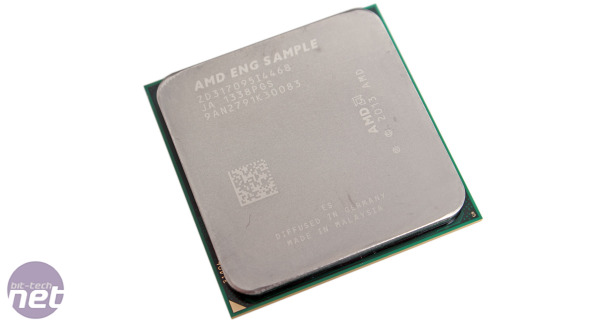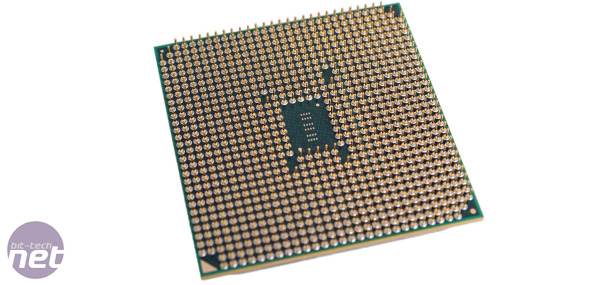
Testing the A8-7600
As we said, we've unfortunately not been provided with an A10 APU, but rather an A8-7600, which is a mid-range part. As a recap, it's a 10 Compute Core part, with the full complement of four Steamroller CPU cores and a reduced count of six GCN Compute Units. In order to keep it within its 65W TDP, its CPU clock speeds are also down compared to the A10 parts: 3.3GHz base and 3.8GHz turbo. These will be further reduced to 3.1GHz/3.3GHz using the 45W customisable TDP setting. The GPU cores come in at 720MHz either way.As a product with nothing more certain than Q1 2014 availability, only the US MSRP is currently available, and that's $119. Accounting for tax and shipping costs and converting this gives us a price in the region of £90-£95 – we'd be surprised if it launches at a three figure price-point. With these ballpark figures, AMD will be up against Intel's Core-i3 processors, such as the i3-3220, i3-4130 and i3-4330.
AMD sent us the A8-7600 in a pre-built system. However, we're less interested in testing these as they tend to be pre-optimised and it's difficult to compare individual component performance. As such, we promptly disassembled it, and have tested the Kaveri chip in our own FM2+ system featuring a Gigabyte G1.Sniper A88X motherboard (see below for the full test setup).
AMD also supplied an Intel Core-i3 4330 and a 45W Richland part, the A8-6500T, for comparison. While these do provide useful numbers and reference points, it's unlikely that AMD would send us samples to which its products would compare too unfavourably to, which is something to bear in mind. We've included numbers for other CPUs in the tests where we have them.
While the lack of a -K suffix denotes that the A8-7600 doesn't have an unlocked multiplier, it is possible to overclock it via the system baseclock. However, in the interests of time, we've opted to wait until receiving samples of the A10-7850K and A10-7700K before overclocking Kaveri. We have, however, ran our tests on the A8-7600 at both TDP points (65W and 45W), which you can force in the BIOS with the cTDP option.
As we mentioned, the HSA features and OpenCL 2.0 are very much in their infancy (the OpenCL specification was finalised less than two months ago). As such, there are very few programs which take advantage of it, and even less that can be reliably benchmarked. AMD did supply its own demos (a JPEG decoder, a LibreOffice spreadsheet and version of AfterShot, each with HSA-acceleration) to show that it works. However, while we've included some new OpenCL benchmarks, we've opted not to include these demos in the testing given the specificity of them.
Finally, we've focussed on testing games at 1080p using the onboard graphics processor. While the A10 parts, especially the A10-7850K, will have more power here, it will still give us an indication of Kaveri's gaming capabilities. We have also tested the impact of using faster memory with games.
Test Setup
Software
Below is a list of the applications we've used for our testing:- Maxon Cinebench 11.5 (x64)
- WPrime v2.10
- CPC Media Benchmarks
- MuseMage 1.9.6
- LuxMark 2.0
- BasemarkCL 1.1
- Battlefield 4
- BioShock Infinite
- The Elder Scrolls V: Skyrim
- Prime95 and Unigine Heaven (power testing)
Test Hardware
- Gigabyte G1.Sniper A88X motherboard
- 8GB (2x 4GB) G.Skill Ripjaw 1,600MHz DDR3 memory (CL9)
- 8GB (2x 4GB) Corsair Dominator Platinum 2,133MHz DDR3 memory (CL9) (memory scaling testing)
- 256GB OCZ Vector
- Corsair H80i CPU cooler
- PC Power & Cooling Silencer 750W PSU

MSI MPG Velox 100R Chassis Review
October 14 2021 | 15:04










Want to comment? Please log in.